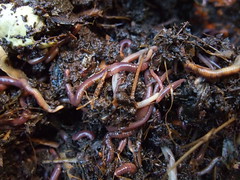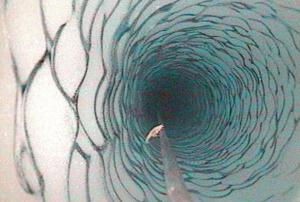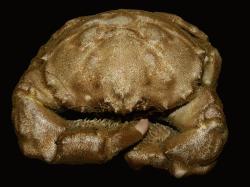Welp, here we are again – more earthquakes in regions that don’t typically experience them. A “rare” 4.0 earthquake hit South Texas on Saturday, April 24. The area, it seems,
does not experience these types of quakes.
The depth of this quake was around 5.0km, which
suggests it was either geological or induced by oil production, which
does happen. Never-the-less this is an interesting area to have a quake
due to the fact the area has a large crack running north to south in
Texas, discovered several years ago, origin being unknown.
Meanwhile, a smaller quake rattled Northeast Ohio the same weekend.While Ohio has seen a few small earthquakes before, “it’s not clear what causes them.”
Why the quakes in strange places? Some scientists have speculated, as we have reported before, that the Haiti earthquake in January forewarned increased seismic activity in the Americas. An Iranian cleric, though, offers an alternative explanation:
A senior Iranian cleric says women who wear revealing clothing and
behave promiscuously are to blame for earthquakes.
Iran is one of the world’s most
earthquake-prone countries, and the cleric’s unusual explanation for why
the earth shakes follows a prediction by the president, Mahmoud Ahmadinejad,
that a quake is certain to hit Tehran and that many of its 12 million
inhabitants should relocate.
“Many women who do not dress modestly … lead young men astray, corrupt
their chastity and spread adultery in society, which increases
earthquakes,” Hojatoleslam Kazem Sedighi was quoted as saying by Iranian
media. Women in the Islamic Republic are required by law to cover from
head to toe, but many, especially the young, ignore some of the more
strict codes and wear tight coats and scarves pulled back that show much
of the hair. “What can we do to avoid being buried under the rubble?”
Sedighi asked during a prayer sermon last week. “There is no other
solution but to take refuge in religion and to adapt our lives to
Islam’s moral codes.” Seismologists have warned for at least two decades
that it is likely the sprawling capital will be struck by a
catastrophic quake in the near future. Some experts have even suggested
Iran should move its capital to a less seismically active location.
Tehran straddles scores of fault lines, including one more than 50 miles
long, though it has not suffered a major quake since 1830.
There probably are more “immodest” women in Ohio and Texas, to be sure, but I can’t help but feel that this explanation leaves something to be desired.




![Reblog this post [with Zemanta]](http://img.zemanta.com/reblog_e.png?x-id=5224a26a-3123-4cd3-97e1-2dd4e19b7831)




